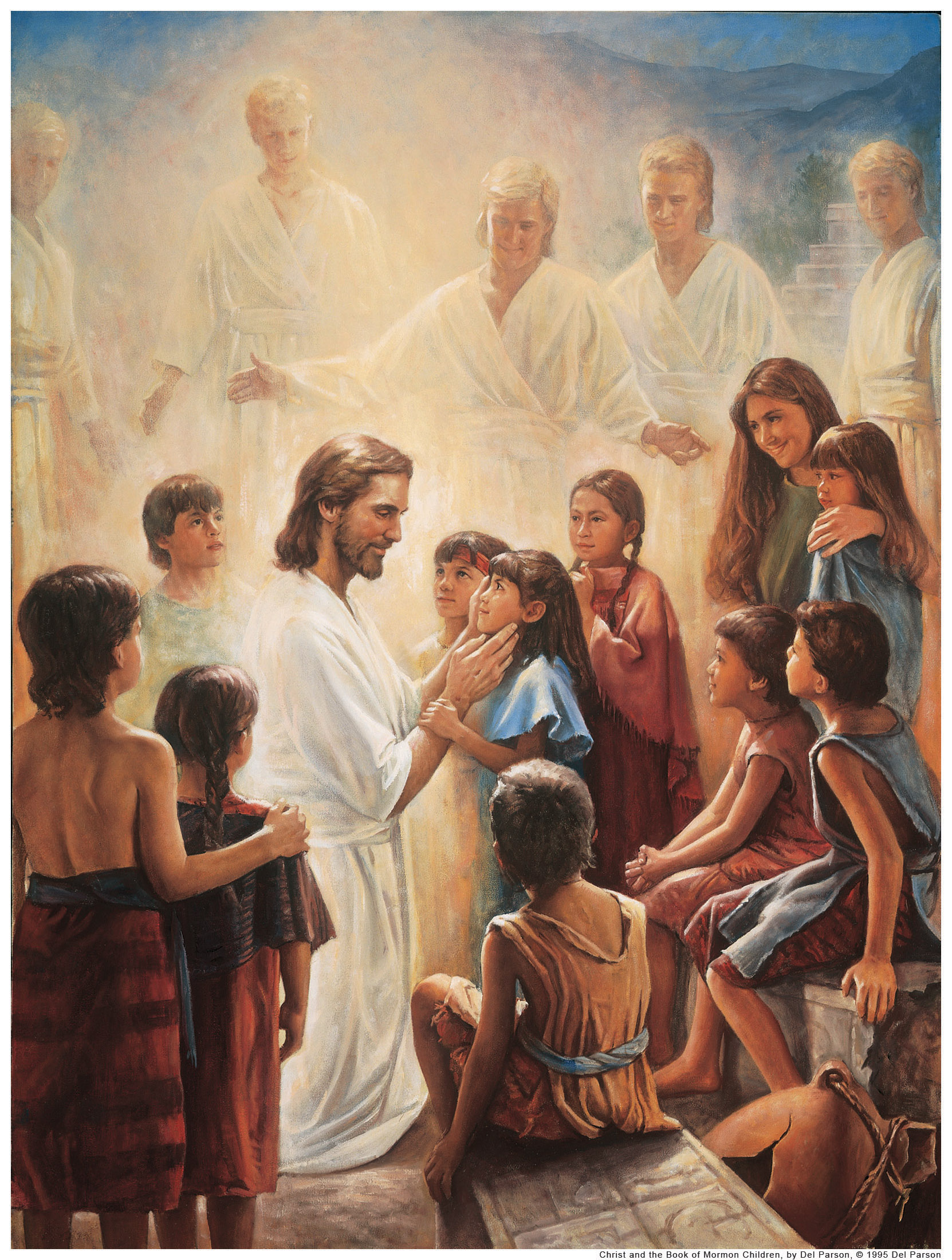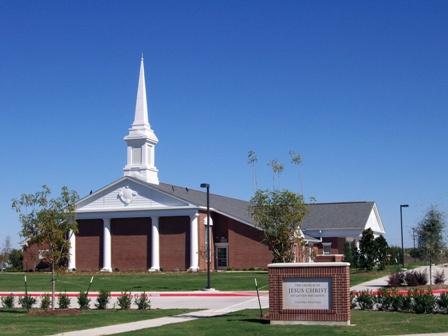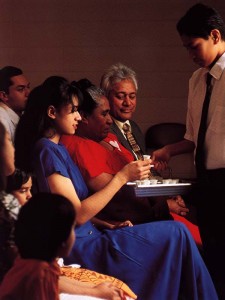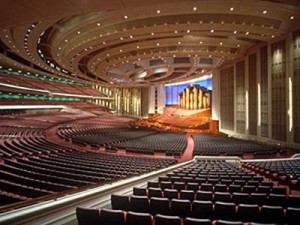The Nephite people of the Book of Mormon that inhabited the Americas between 600 B.C. and 400 A.D. were, at most points in history, a righteous people. That is, they had Christ’s church established among them in which they were taught the gospel of Jesus Christ. They lived by the law of Moses and kept the commandments given to them by the prophets of God. In times of wickedness, they were humbled by the Lord through sword or famine. In times of righteousness, they prospered and were given strength to protect themselves from their enemies. This was according to the promises made by the Lord. “And [the Lord] hath said that: Inasmuch as ye shall keep my commandments ye shall prosper in the land; but inasmuch as ye will not keep my commandments ye shall be cut off from my presence” (2 Nephi 1:20).
There were many prophecies and scriptures that the Nephites had and all of them pointed to a Jesus Christ who had not yet come. A prophet named Nephi, who lived around 600 B.C., wrote, “And we talk of Christ, we rejoice in Christ, we preach of Christ, we prophesy of Christ, and we write according to our prophecies, that our children may know to what source they may look for a remission of their sins”(2 Nephi 25:26). They were looking forward toward Christ much in the same way we look back at His life here on earth and look forward to His second coming. Other prophets such as Benjamin, Abinadi, Alma and many others taught the people concerning Christ, giving their testimonies as well. They all knew of Christ and knew that He would come to redeem His people.
Of all the stories, lessons and prophecies in the Book of Mormon, none are as powerful nor of so great importance as when Jesus Christ Himself visited the people here in the American continent. Only five years preceding His birth, a prophet was sent among the people named Samuel. His prophecies were exceptionally plain and precise.
And behold, he said unto them: Behold, I give unto you a sign; for five years more cometh, and behold, then cometh the Son of God to redeem all those who shall believe on his name. And behold, this will I give unto you for a sign at the time of his coming; for behold, there shall be great lights in heaven, insomuch that in the night before he cometh there shall be no darkness, insomuch that it shall appear unto man as if it was day. Therefore, there shall be one day and a night and a day… and it shall be the night before he is born. And behold, there shall a new star arise, such an one as ye never have beheld. And behold this is not all, there shall be many signs and wonders in heaven. Helaman 14:2-6
Prophecies and signs of Christ’s death were also given.
But behold, as I said unto you concerning another sign, a sign of his death, behold…the sun shall be darkened…and also the moon and the stars; and there shall be no light upon the face of this land, even from the time that he shall suffer death…to the time that he shall rise again from the dead. Yea, at the time that he shall yield up the ghost there shall be thunderings and lightnings for the space of many hours, and the earth shall shake and tremble…and there shall be many places which are now called valleys which shall become mountains…And many highways shall be broken up, and many cities shall become desolate. And many graves shall be opened…and many saints shall appear unto many. Helaman 14:20-25
 Samuel also explained the mission of Christ on the earth and the importance of His coming. Most people did not believe Samuel’s words but that did not stop them from coming to pass. The night stayed lit five years later and a new star was seen. Thirty-three years after that, earthquakes and storms leveled cities and darkness prevailed for three days. To the survivors, however, Christ Himself appeared.
Samuel also explained the mission of Christ on the earth and the importance of His coming. Most people did not believe Samuel’s words but that did not stop them from coming to pass. The night stayed lit five years later and a new star was seen. Thirty-three years after that, earthquakes and storms leveled cities and darkness prevailed for three days. To the survivors, however, Christ Himself appeared.
Chapters 11 through 28 of 3 Nephi contain His words and deeds among the people. He allowed them to come to Him to be first-hand witnesses of the reality of His resurrection. He chose 12 men to be teachers and leaders, giving them the authority and commandments pertaining to baptism. Then, He gave to all the people the words that He gave to the Jews on the Sermon on the Mount (see Matthew 5 and 3 Nephi 12).
Over the next few days, He continued to teach them the scriptures, heal their sick, give them the sacrament, and pray with them. I would encourage everyone to read these words because they are such touching examples of Christ’s love for His people. The effect that this visit had on the people was not forgotten. For hundreds of years, the people were diligent in following the words that Jesus had given to them and it wasn’t until they had turned away from those words that they did fail, just as predicted many times beforehand.
The Book of Mormon is a remarkable book and contains many lessons that are applicable in our lives. It also shows the sublime truth that Jesus is the Christ, and that He communicated Himself to His people here anciently. They knew He was their Savior from death and sin and they heeded His words and were blessed. The same holds true for us today as well. By their testimony and the testimony of the Holy Spirit, we can know those same truths.
 So, who’d like to know what a typical LDS church meeting is like? Anyone is welcome to attend their local LDS congregation and find out for themselves, but I’m sure there are plenty of people who would like to know what to expect before they enter the building.
So, who’d like to know what a typical LDS church meeting is like? Anyone is welcome to attend their local LDS congregation and find out for themselves, but I’m sure there are plenty of people who would like to know what to expect before they enter the building. After the ward business is concluded, we’ll sing a sacrament hymn and have the blessing and passing of the sacrament. You shouldn’t be alarmed to find that we use water instead of wine, since Mormons don’t drink
After the ward business is concluded, we’ll sing a sacrament hymn and have the blessing and passing of the sacrament. You shouldn’t be alarmed to find that we use water instead of wine, since Mormons don’t drink  Here’s the lineup (Mountain Daylight Time):
Here’s the lineup (Mountain Daylight Time):
